30 Types Of Wood Grain Patterns
In my guide to the types of wood grain patterns, I’ll share what it is, the different options for hardwood and softwood, tips on growth rings, and other important details.
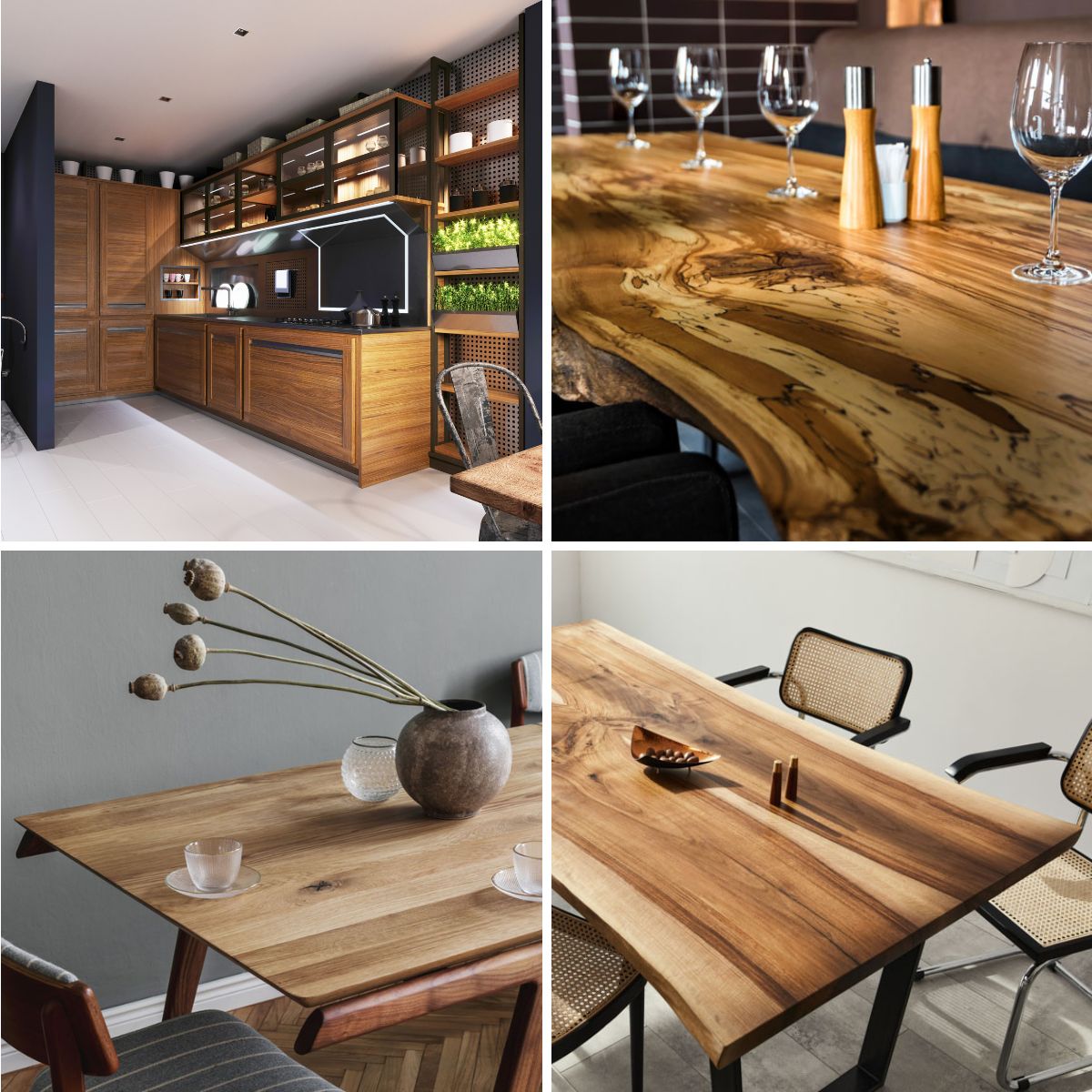
Do you appreciate the grandeur of hardwood floors? How about the satisfying grains of wooden furniture pieces? There’s no denying that something about wood makes you feel cozy and at ease. Since there are so many intricacies that may modify the appearance of wood, each item can be so unique.
Nothing compares to the appearance of natural wood. There was a time when hardwood flooring was standard in all homes.
These flooring options are strong and long-lasting, but people gradually began covering them with carpet. The current home remodeling trend, nonetheless, is to expose the hardwood floors and let their natural beauty shine through.
There are multiple kinds of wood grain designs from which to pick. Let’s take a closer look at the different wood grain patterns.
What Is Wood Grain?
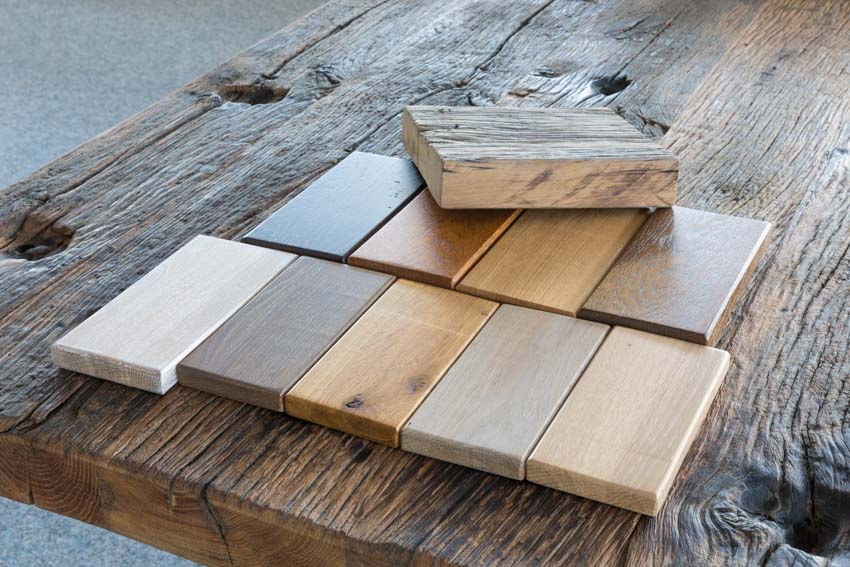
Wood grain is the layout or arrangement of a piece of wood’s fibers. When the wood is sawed, the grain arrangement is generated.
Every tree has rings that expand each year, particularly in the spring and summer months, which are known as growth rings.
The grain type differs depending on how a tree is cut. The grain comes in three varieties – curly, flat, and straight grain.
Hardwood Grains
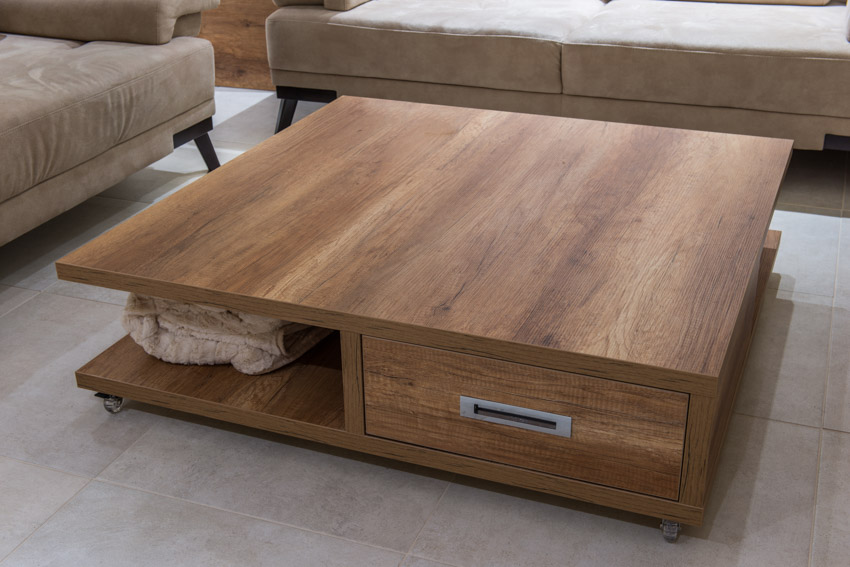
Here, we explore the most popular types of hardwood grains that showcase the beauty of wood textures in a unique way. These wood grains can transform the way people perceive furniture by adding depth and character to their living spaces.
Red Oak
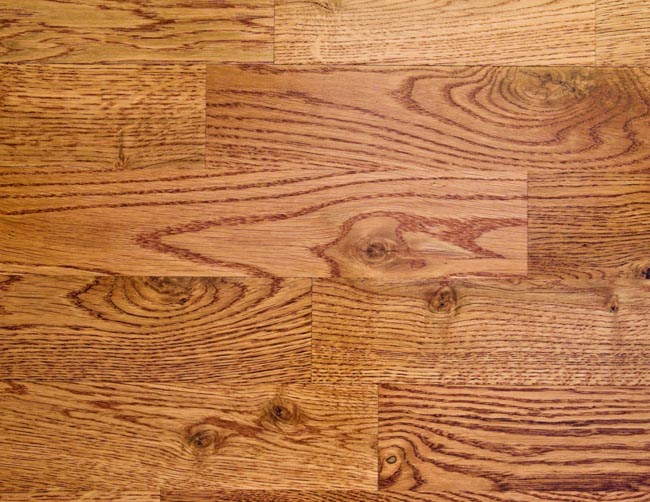
The Red Oak, which gets its name from the distinctive color, is situated in the eastern United States. It is among the most profusely developing trees in the woodlands of the eastern United States. Because red oak trees are so common, its hardwood has one of the most common types of wood grain patterns.
Red oak wood is extensively used in the manufacture of different wood types of furniture styles, cabinets, doors, and floorboards, as it offers a sense of elegance with its spiral grain direction.
Red oak has a light to medium brown tint with a red hue. Its grain pattern is linear, with a gritty, inconsistent texture. This hardwood is weighty and tough, having a moderate bending power and a high crushing strength.
Red oak wood is poorly resistant to pests and stains rapidly.
White Oak
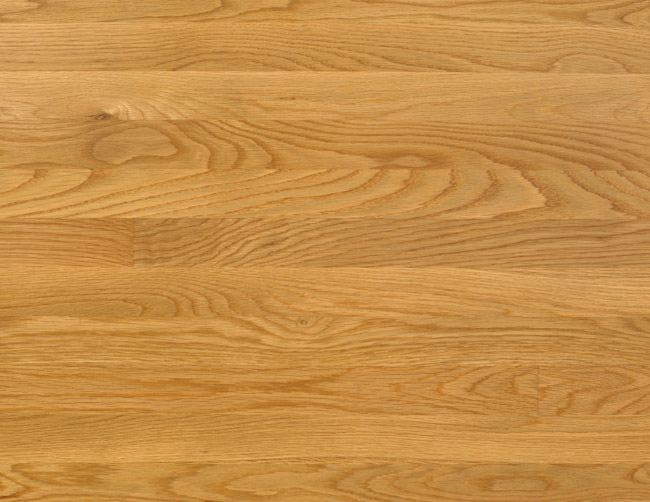
White oak has a light to deep brown tint with an olive undertone. This straight-grain design has an irregular and gritty feel.
White oak is extremely durable and has a unique oak aroma. It is prone to reacting to iron and reacts well to steam bending.
White oak wood is ubiquitous, although it is more costly than red oak wood. Nevertheless, it is still reasonably priced. White oak is both attractive and robust, as well as versatile and resistant to decay.
It is commonly used in cabinets and furniture, boat construction, barrels, flooring, and trimmings. Read more details about oak flooring here.
Bigleaf Maple
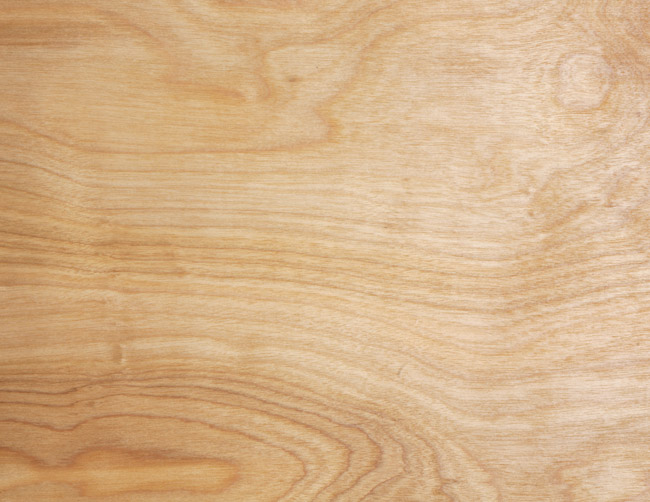
Bigleaf maple sapwood is white to off-white cream in color, although it can also be golden or crimson. The heartwood of bigleaf maple is a rich red-brown tint.
Bigleaf maple has a smooth grain that might be wavy, and its textures can even be found in quilted patterns.
The texture of bigleaf maple wood is uniform and delicate. It is not long-lasting, does not resist degradation, and is likely to ignite when used in a machine.
It is frequently used in the manufacture of boxes, papers, percussion instruments, and wood veneers, where the beauty of its grain can be appreciated.
Field Maple
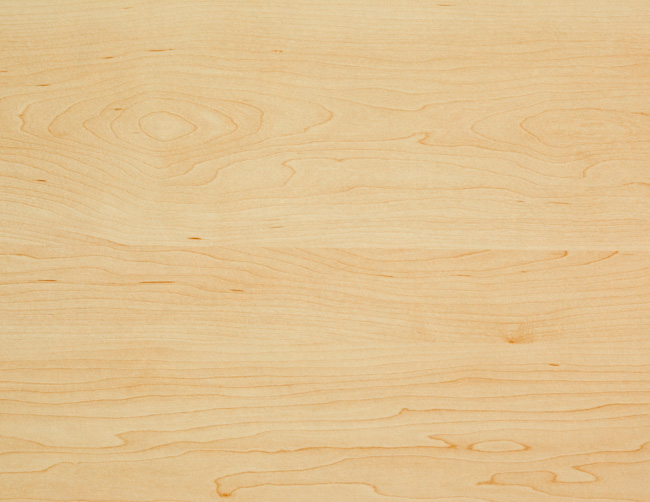
Field maple, just like the other types of maple, utilizes sapwood rather than heartwood. In several aspects, field maple is comparable to other varieties of maples. Field maple sapwood, similar to bigleaf and hard maple, is white to off-white cream in coloration but can have a golden or reddish tint.
The grain of field maple is wavy or knotted, with a uniform and delicate texture. This type of lumber, just like the other maples, is not robust, does not resist deterioration, and tends to combust when run through machinery.
When stained, field maple may become discolored. It is frequently used in the manufacture of wooden flooring, guitars, furniture, and paneling. Read more about maple wood flooring here.
Hard Maple
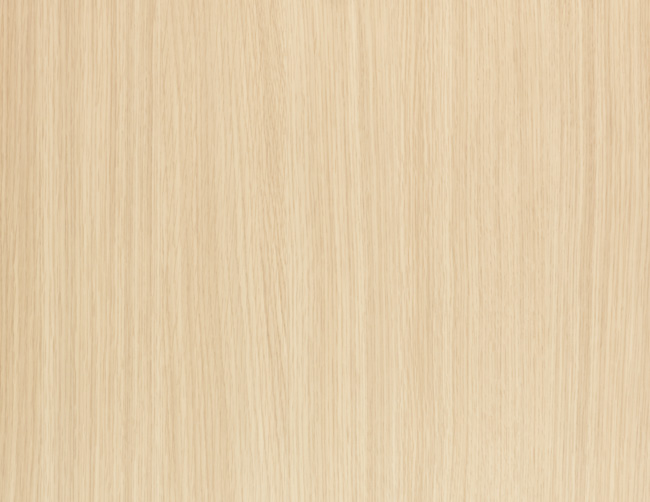
Hard maple, similar to bigleaf maple, employs the sapwood of the tree rather than the heartwood. In several aspects, hard maple is identical to bigleaf maple, with both showcasing the rich variety of graining possible in nature.
Its sapwood is likewise white to off-white cream in color, but it can also have a golden or crimson tinge, while the heartwood of hard maple is a dark red-brown. This presents a classic figure and characteristics that make it unique among many kinds of woods.
It has a curled or patterned texture. The texture of hard maple timber is uniform and smooth, creating textured and visually appealing waves. However, it is not long-lasting and does not withstand deterioration, which can have an effect on its durability in homes and other structures.
When used on a machine, all maple woods end up burning. When dyed, this timber may become clumpy. Hard maple is among the popular types of flooring materials for interior design, especially in classic homes.
It is frequently seen on ballroom floors, bowling arenas, and sports facilities. Chopping boards, butchering blocks, baseball bats, and workbenches may all be made from hard maple wood.
American Cherry
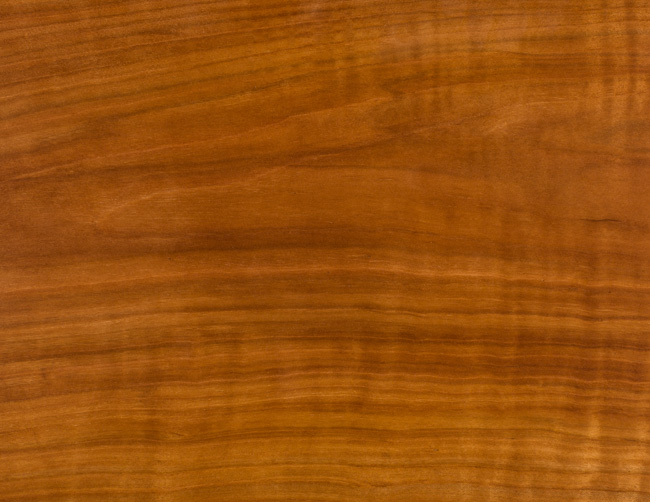
When initially cut, American cherry wood has a light pink-brown tint. Afterward, it saturates to a medium red-brown tint over time. When subjected to light, American cherry wood darkens as well. This grain design is typically linear and simple to deal with.
Certain pieces have a curved grain design; they are more difficult to deal with than those with linear grain patterns, but offer a variety of visual effects and characteristics.
The texture of American cherry timber is uniform and smooth with a mild sparkle. This timber is highly robust and defies deterioration, rendering it one of the greatest hardwoods to deal with. American cherry wood is both stable and machine-friendly.
It is, however, difficult to stain since it might result in a smudgy distribution. When handled, it emits a distinct yet moderate odor. Cherry kitchen cabinets, furniture, millwork, flooring, tiny wooden objects, and veneer are all frequent uses for this timber type. See more types of cherry wood here.
English Walnut
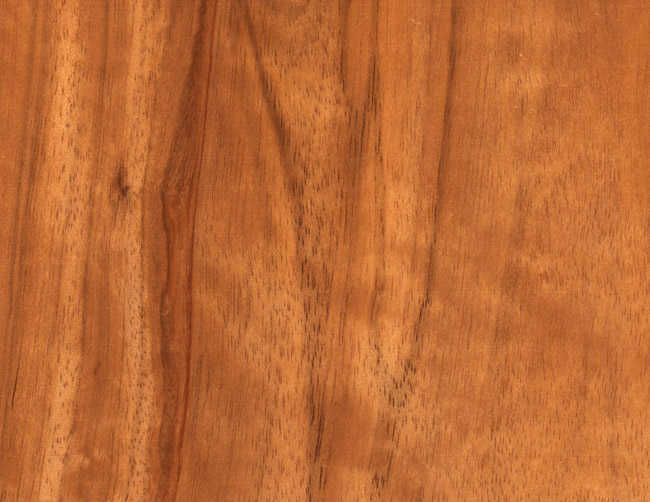
The hue of English walnut varies from bright pale brown to rich cocoa brown. Its grain features a uniform, dark brown pattern with a crimson, purple, or gray tint.
The timber grain pattern of English walnuts is linear, although it can be uneven at times. It may have a figured design, such as crotch, curved, or burl.
The roughness of English walnut wood is mild, and the color and gloss are natural. It is regarded as fairly durable and can only withstand degradation to a limited extent. It is vulnerable to pest infestation. It is simple to deal with English walnut grain that is straight.
When the grain is uneven, the planer machine may end up ruining its quality. When working with English walnut, it emits a slight yet subtle odor. This timber is frequently used in bookcases, furniture, wainscoting, gunstock, and small wooden products.
Visit this page for more about Asian walnut wood flooring.
Mahogany
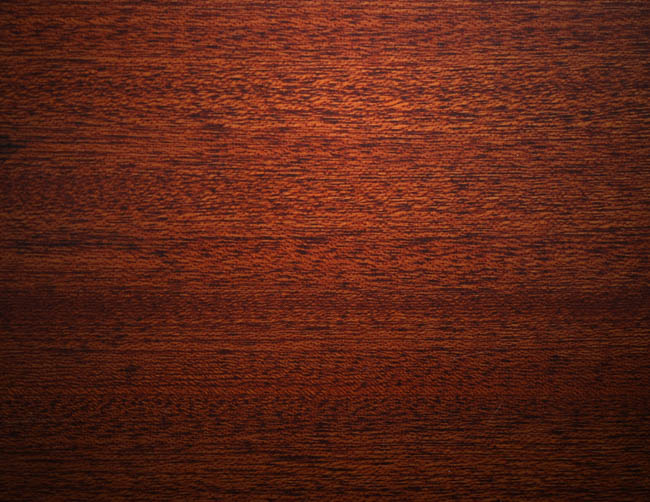
There are other variants of Mahogany, but Cuban mahogany is the first extensively used mahogany timber and is the one that comes to mind when individuals consider picking the mahogany grain pattern.
The hue of this timber ranges from pink-brown to dark red-brown. Because mahogany saturates with age, the deeper the hue of the wood, the denser it is, giving it a classic, timeless look in homes and structures.
Mahogany grain patterns can be straight, wavy, interlaced, or twisted, creating an intricate and beautiful appearance. It features a homogeneous texture and a genuine mild shine. Mahogany is a simple lumber to work with and polish, making it perfect for traditional and sophisticated handmade creations.
It is long-lasting and insect-resistant. The timber of an older tree is more resilient than that of a younger one. Cabinets, instruments, sculptures, ships, furniture, and veneers can be all made from mahogany, offering functional use and bringing life to various pieces.
Birch
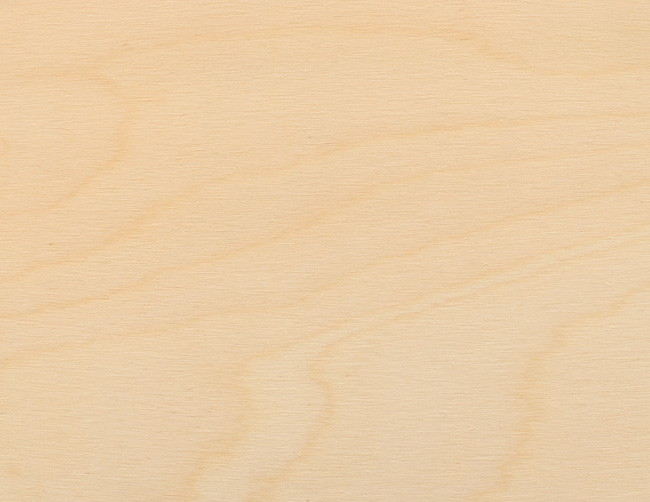
Birchwood is light red-brown in hue with virtually whitish sapwood. Birch has a consistent yet dull appearance due to the lack of differentiation between the annual growth rings.
The grain pattern of birch wood is normally straight, although its characteristics can sometimes be described as moderately wavy. It has a smooth, uniform texture and a subdued natural shine.
When subjected to environmental factors, birch is ephemeral and will rot or deteriorate. It can also be susceptible to insect attacks. Moreover, this type of lumber is quite simple to deal with, whether by hand or by machine.
When machined, birchwood can break if the pattern is too complex. It’s utilized for things like boxes, wooden containers, plywood, and interior trimming.
Hickory
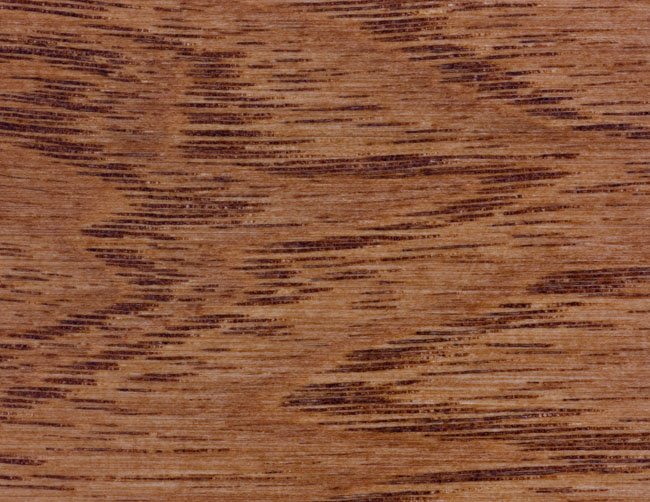
The heartwood of the hickory is a light to medium brown with a reddish tint, while the sapwood would be a much softer yellow-brown tone.
When hickory panels are fashioned from juxtaposing heartwood and sapwood, the product takes on a rustic appearance. It is the hardest type of wood you can obtain.
The hickory wood grain is linear but often wavy with a moderate texture. The apertures of a hickory piece of timber vary from early to latewood.
In a single row, the earlywood apertures align intermittently. Latewood pores range in size from tiny to medium and emerge on their own.
Since it does not adapt well to degradation, hickory is regarded as perishable. This wood is susceptible to insect infestation.
Hickory wood reacts well to staining, bonding, polishing, and heat bending. It is normally utilized for ladders, wheel handlebars, equipment handles, and floors.
Ash
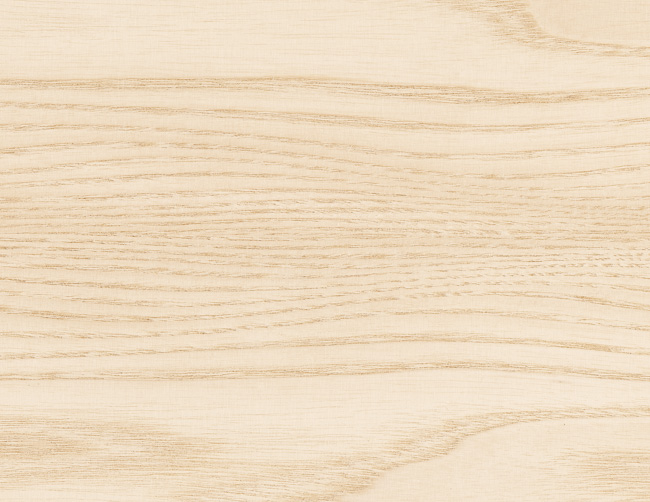
The hue of ash ranges from light to medium brown. The sapwood of the ash tree is broad and medium brown or beige in hue. Ash sapwood and heartwood are not usually well-separated.
The texture is similar to that of oak. The grain pattern is largely straight and consistent. You might also be able to obtain a patterned or curved board.
Ash is classified as perishable and relatively durable; it cannot withstand insect infestation and can only partly withstand deterioration. Whether using a machine or handheld tools, ash wood offers outstanding results.
Furthermore, this wood reacts nicely to steam bending as well as staining, polishing, and bonding. Whenever ash wood is handled, it emits a peculiar and sometimes disagreeable odor. Millwork, baseball bats, crates, and floors can be made from ash wood.
Douglas Fir
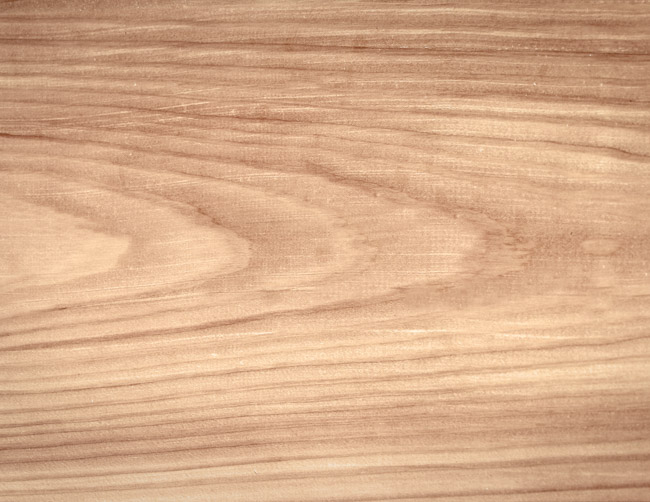
The hue of a Douglas fir differs depending on its location, origin, and age.The wood of Douglas fir, for example, is often light brown with a hint of yellow or crimson with darkened growth rings, offering stylish variations in hue.
The wood grain is simplistic and uniform when quarter-sawn, revealing stripes, and starts to show more cluttered patterns when flatsawn in different ways.
Additionally, it has a medium to a coarse and luxurious texture that is typically straight but can be curved. The shine of Douglas fir wood is subtle and stylish.
A piece of Douglas fir wood has small to medium-sized resin channels. The distribution of these resin channels across the grain varies. Plus, It has a sharp transition from early to late wood.
The Douglas fir is generally resistant to rotting and decaying, although it is susceptible to pest infestation. It reacts well to machines, although it may wear the machine’s teeth.
Furthermore, it responds well to adhesives, varnishes, and stains. When Douglas fir wood is handled, it has an odor similar to resin. It is used in the manufacture of plywood, veneer, and timber.
Brazilian Rosewood
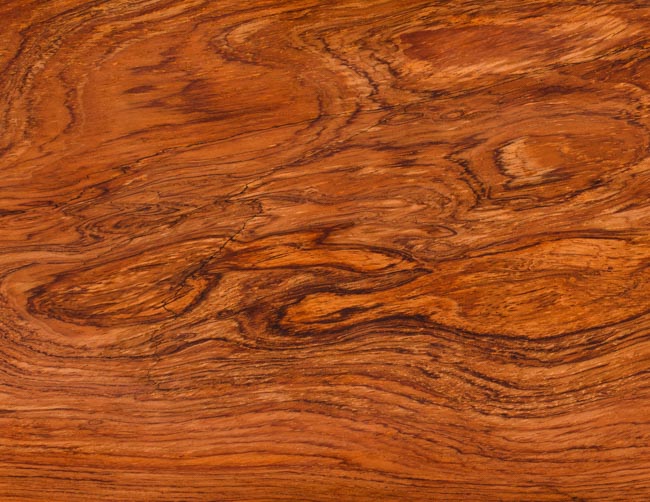
Brazilian Rosewood’s hue ranges from rich dark brown to mild purple or red-brown. Dark patterns of contrasting hue flow across the grain of this luxurious wood.
These streaks are frequently black and form a distinct, stylish grain pattern recognized as a spider web. The texture of Brazilian rosewood is consistently rough.
The grain is straight, but it may also be twisted, wavy, or interlaced, presenting a variety of stylish ways it can appear.
Aside from that, Brazilian rosewood is long-lasting and resistant to deterioration and pests. When handled, it emits a rose-like odor. Brazilian rosewood is simple to work with, although it can degrade the edge of equipment operated on it.
Because this wood includes a lot of oil, it may not react effectively to glue. Cabinets, furnishings, percussion instruments, and various specialized wooden objects can be made from Brazilian rosewood.
Vietnamese Rosewood
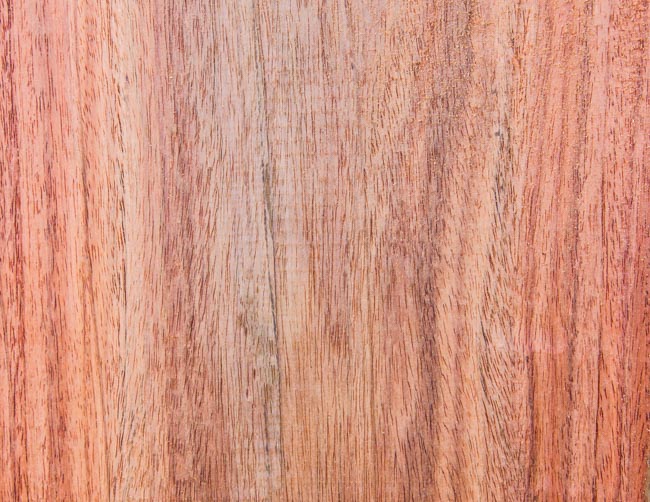
Vietnamese Rosewood is among the densest and most dimensionally consistent rosewoods. The wood comes from huge evergreen trees found in open, semi-deciduous woodlands.
Its major heartwood tones are generally limited to varied brown tones, with tertiary colors of red, yellow, and oranges being prevalent, making it quite stylish and visually appealing.
By rosewood measures, its apertures are quite tiny; it sands smoothly and finishes nicely, with a superb natural gloss, enhancing its luxurious appearance.
Whilst grains are rarely interlaced, it is mainly straight-grained. It is regarded as one of the most robust, solid, and long-lasting rosewoods.
Teak
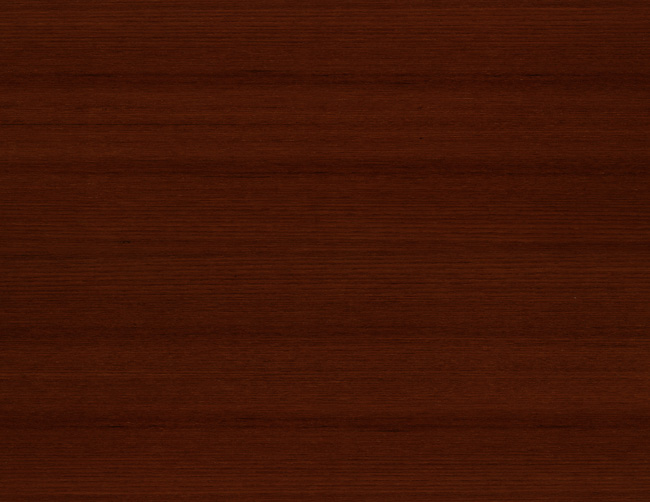
Teak wood has a medium to golden brown tint that darkens with age. Teak’s wood grain is straight, although it may also seem interlaced or uneven.
It has an irregular and abrasive texture, as well as a natural gloss. Because of the oil in the wood, untreated and raw teak wood has a kind of greasy sensation.
Despite its oil production, teak wood still binds nicely. It is extremely impervious to rust and rotting and is extremely long-lasting.
When teak wood is processed, it has a faint leather fragrance. Teak wood may cause the blades of tools used on it to wear. It is frequently used in the manufacture of boats and ships, as well as furniture, architecture, and sculptures. Read more about teak flooring on this page.
American Beech
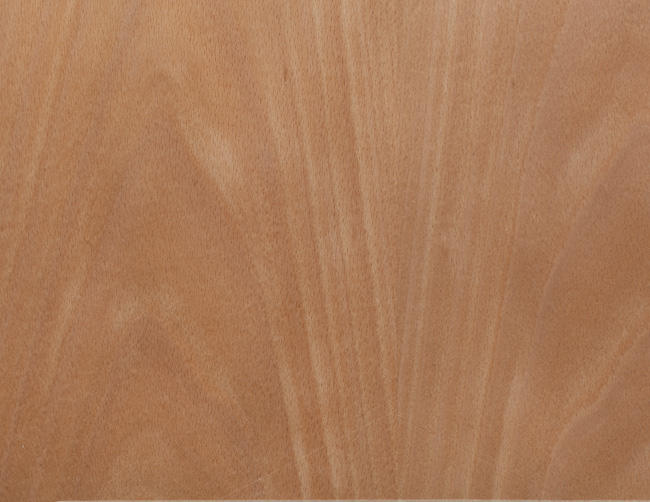
American beech features a cream tint that is light and contains a pink or brown tone. Its veneer has a deeper hue; cutting through the veneer necessitates the application of steam, which also imparts a golden hue to the hardwood.
The grain of American beech wood is linear, with a fine, consistent texture and a mild natural shine.
When it pertains to rotting and decaying, the American beech is flimsy and non-durable, and it can also be invaded by pests. American beech is a remarkably malleable wood.
It can be machined effectively, and it reacts well to refining and bonding, as well as being bent by heat. American beech is also utilized to make chairs, tiny wooden items, and musical equipment.
Sycamore
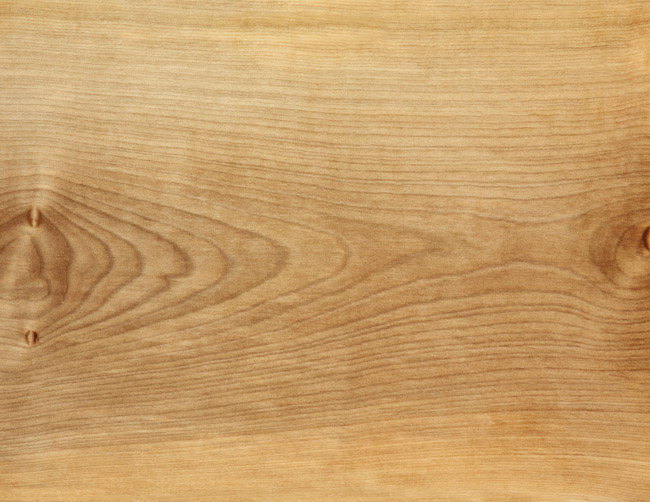
Sycamore wood is often beige to white, although it may occasionally be a deeper reddish-brown. Oftentimes, sycamore wood displays a freckled appearance.
A sycamore tree’s grain is interlaced with a delicate and uniform texture. It has the appearance of maple wood.
Sycamore is not a long-lasting wood. It is vulnerable to pests and thus does not withstand degradation. It is simple to work manually, but it can create issues on machinery and does not react properly to steam bending.
This wood is normally used for paper, doors, plywood, and other furniture.
Zebrawood
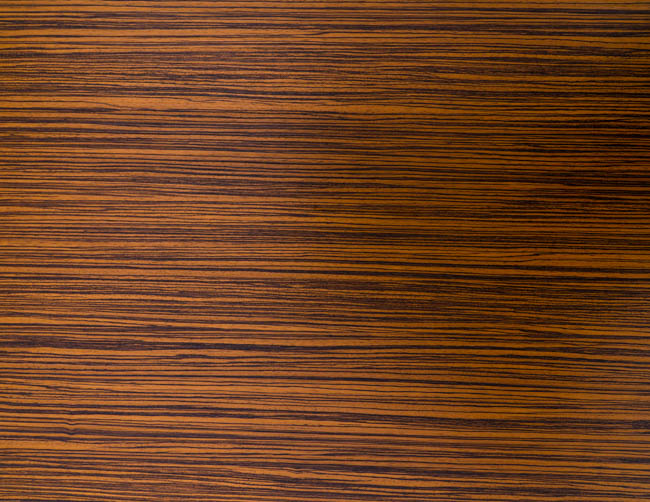
The grain of zebrawood contains overlapping grains of pale butterscotch and a deep brown tone, giving it a threadlike look. This wood grain is named from its resemblance to a zebra.
The texture of zebrawood sticks out as an odd-looking wood. It’s a tough wood that won’t decay over time.
Because of the precise pattern of the wood grain, each object made with it appears special. Zebrawood is commonly utilized for kitchen islands as the focal point of the entire room, particularly in modern kitchen designs.
Ebony
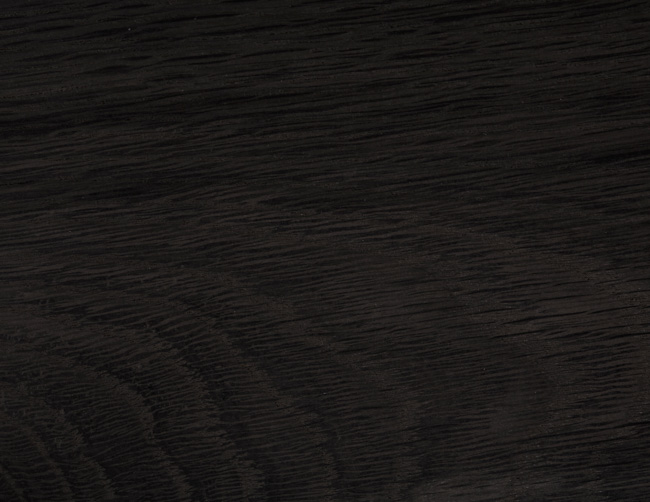
Ebony hardwood is the deepest black, and it usually lacks apparent grain. It might have gray-brown or deep brown lines running through it. Ebony has a primarily straight grain, however, there may be interlaced grains.
The texture of ebony lumber is uniform and delicate, with a natural sheen. It has a high durability rating and is resistant to all insects, notably termites.
Ebony is tricky to handle, partly due to its extremely high density. Its lumber frequently damages tools operated on it.
Because of its significant oil content, ebony is harder to bond. It has a nice finish and may be polished to a high shine.
Furthermore, ebony responds well to steam bending and has an awful yet subtle odor while being processed. It’s frequently found on musical instruments, sculptures, and billiard cues.
Poplar
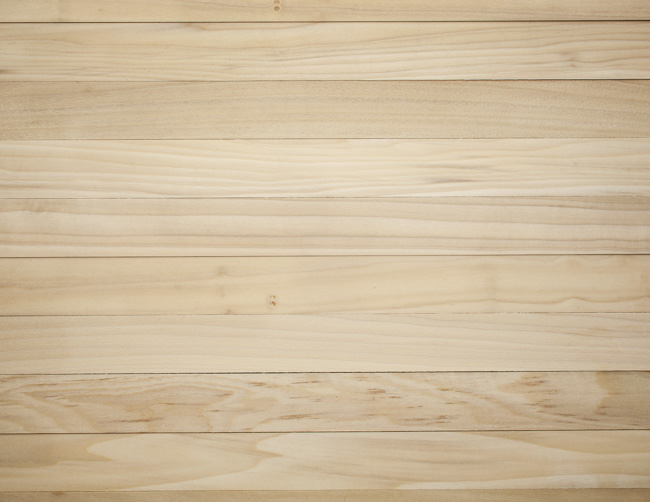
Poplar wood is a type of wood that is often used to make furniture, cabinets, wooden toys, plywood, and other items. It’s a hardwood, yet it’s just as simple to deal with as pine panels or other softwoods.
Poplar boards have an ivory tone with brown or green lines going through the heartwood. Furthermore, its lumber has a straight grain and a consistent feel.
It features a moderate density, so paints and glues stick quite well to it. Because of these properties, poplar is one of the most popular utilitarian hardwoods.
African Padauk
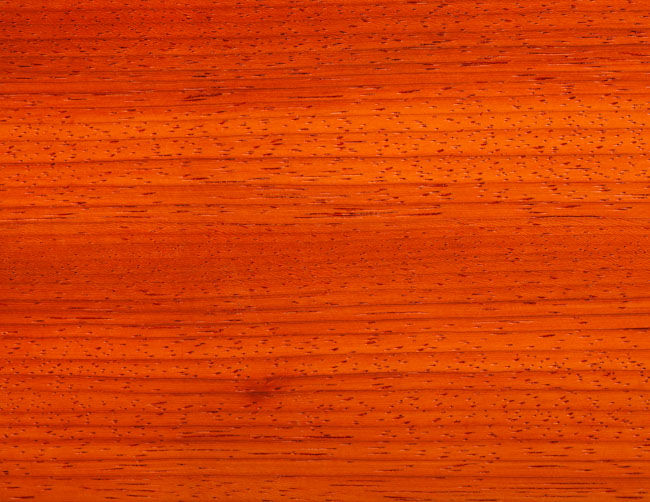
The hue of African padauk varies greatly, from a faint orange-pink to a deeper crimson that seems practically brown.
When newly chopped, this lumber is normally red-orange, but it changes color to a deeper red-brown as it matures. Its grain arrangement is typically straight, however, it can be interlaced.
African padauk has an airy and gritty texture with a genuine shine. This lumber is impervious to degradation and is regarded particularly durable because of its ability to withstand pests and termites.
African padauk is commonly used in the manufacturing of stringed instruments, equipment handles, floors, tiny wooden items, and wooden veneers.
Anigre
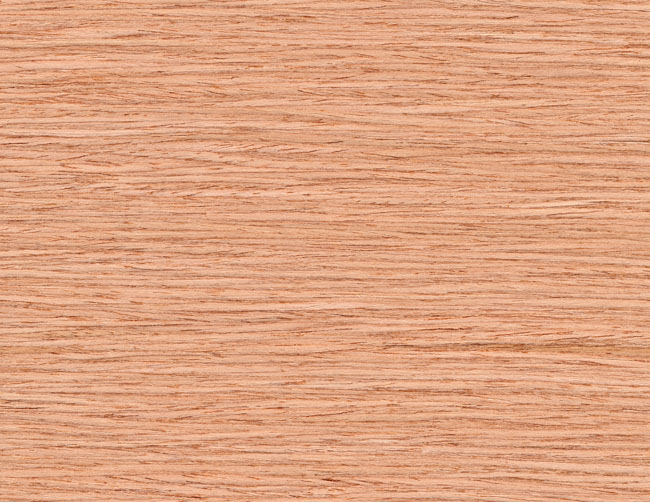
Anigre hardwood is a golden timber with a slightly pink undertone. Its hue varies with age, becoming a deeper, pale yellow tone. Anigre has a straight or interlaced wood grain, a consistent texture, and a spontaneous glow.
However, Anigre is not long-lasting and is classified as perishable. It is not resistant to insect assaults and can develop tainted with blue fungus during the drying process.
Anigre lumber has a subtle cedar aroma and is utilized for furnishings, plywood, light carpentry, sailboats, and veneers.
Makore
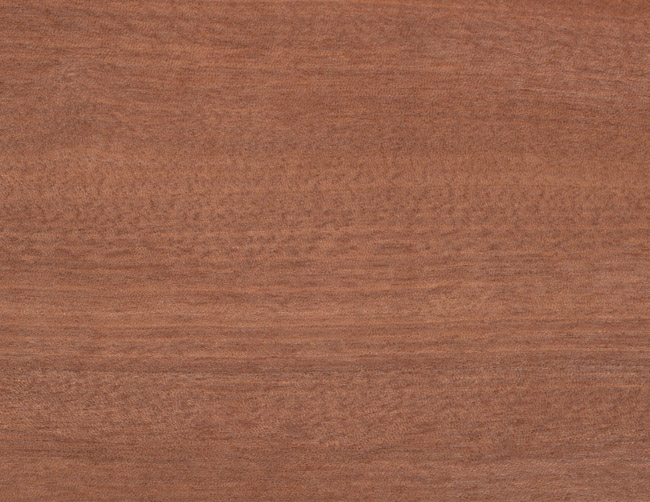
The wood of the Makore tree is pink or reddish-brown, with little difference in lines. The grain pattern is usually straight, but it can seem wavy or speckled at times.
Boasting its natural sheen, the texture is delicate and uniform. The Makore is tough and resistant to pest assaults.
Makore is normally simple to handle, although its interlaced grain might pose issues on a machine. If Makore gets into touch with iron, it can dull the equipment used on it.
Makore lumber is widely utilized in the production of furniture, cabinets, boats, floors, percussion instruments, and boards.
Sapele
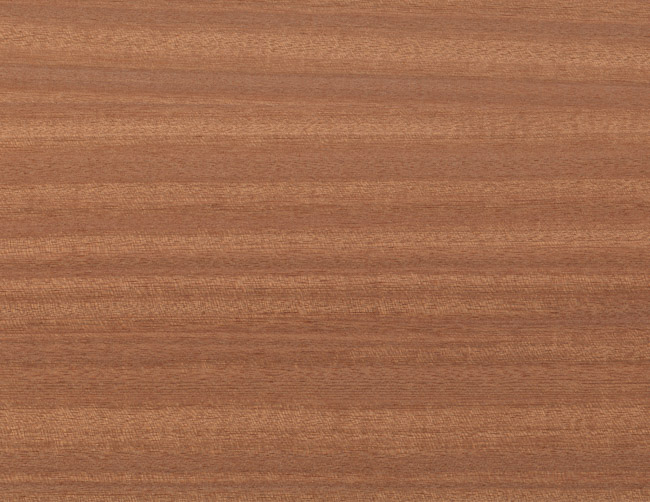
Sapele Wood, which is mostly found in West Africa, is a reddish-brown hardwood. While some Sapele planks have a straight-grain look, it normally has a more irregular grain appearance, which implies it is subject to intertwined grain.
Intertwined grain swirls around the center of the tree, shifting occasionally and producing a rough look that may be lessened, if not eradicated, by thorough sanding.
Sapele is used to make a variety of mahogany-like goods, including greenhouses, door frameworks, hardwood doors, furnishings, and worktops.
Bamboo
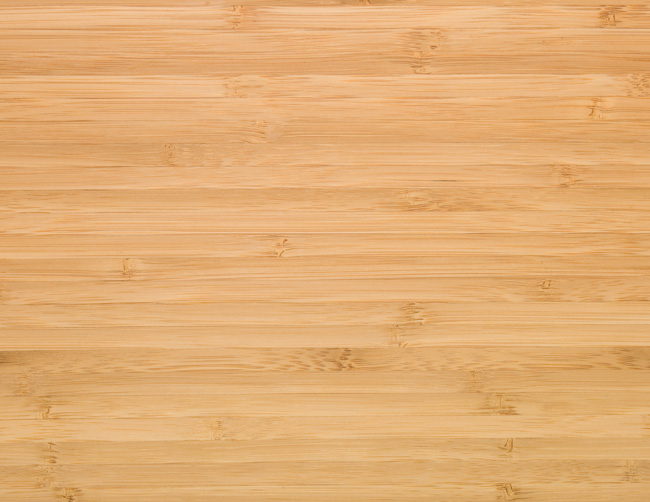
Bamboo wood differs in color from white to soft yellow. When bamboo is alive and left standing for an extended duration, it might acquire mold and discoloration.
Its hue might become striped with brown and black with irregular patches. It has a homogeneous texture that ranges from fine to moderate based on the wood density. The fibers of the bamboo vary after it has been split and treated.
There are several bamboo kinds, yet distinguishing them might be challenging. Bamboo is fragile and degrades after only several years.
Insects such as termites, bugs, and marine borers are attracted to this material. Working is not tough, but it needs special attention.
When bamboo hardwood is cross-cut, the threads tend to break and fall off. Bamboo accepts staining, polishing, and bonding effectively.
Once it is processed, it exudes a distinct earthy odor. It’s normally found on papers, veneers, stairs, scaffolds, fishing equipment, blinds, sculptures, and flooring. See examples of bamboo flooring here.
Softwood Grains
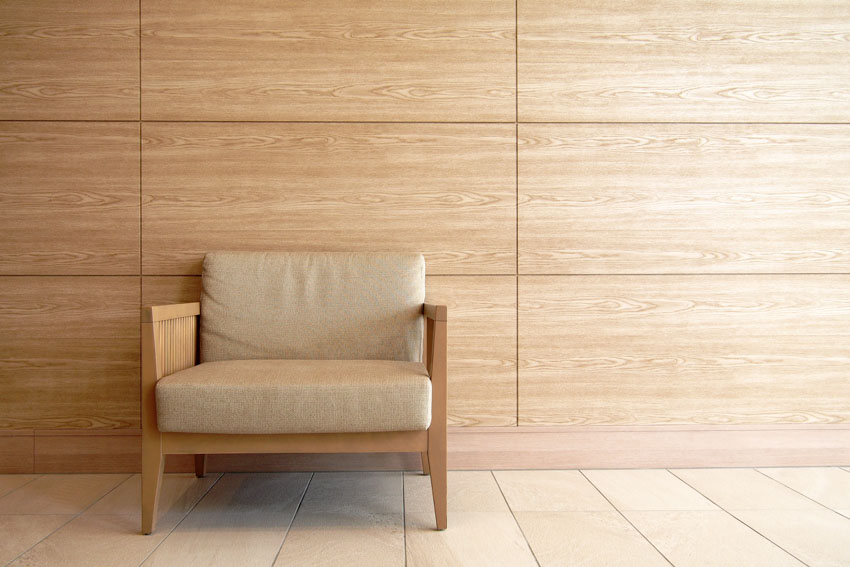
Here are the most popular types of softwood grains.
Pine Wood
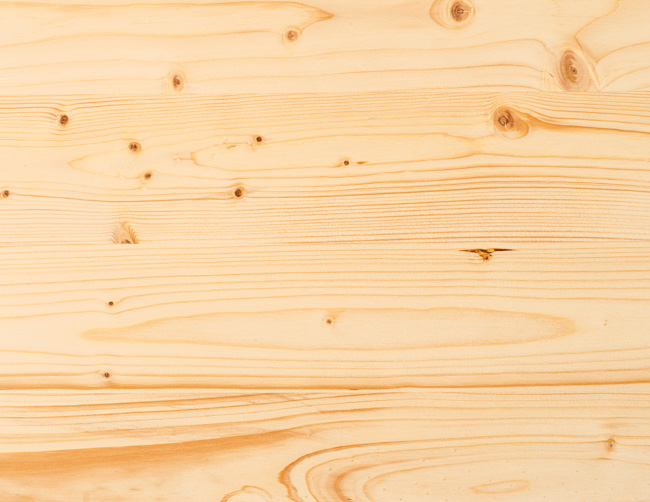
Pine is normally located across the North Hemisphere. It is the strongest type of softwood and one of the most common timber utilized in construction and woodworking. It may be found in many houses across the world as flooring, windows, and furniture.
Because of its fine, flawless texture, paper is frequently created from the pulp of the pine tree, and it is also extensively employed in woodworking for furniture.
Pinewood knots are generally little and tidy, and they create a charming accent to the lumber. They are intended to offer the furniture a pristine, vintage look.
Cedar
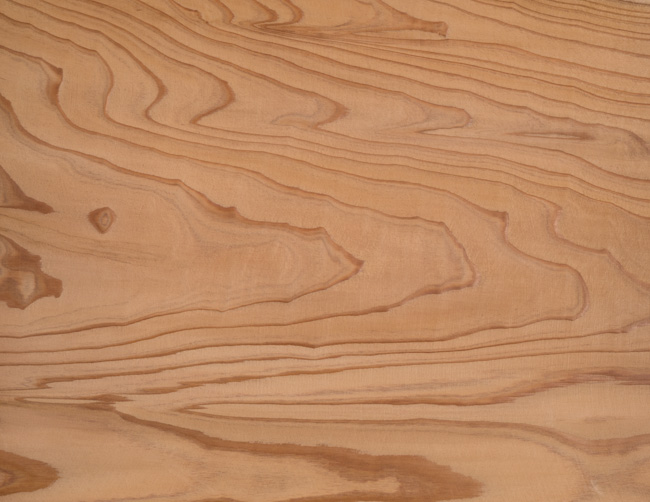
The hue of cedarwood is crimson or violet-brown. The sapwood of cedar is a light yellow tint. The yellow appears as lines across the heartwood.
The wood grain of cedar is linear and usually has tangles, and the texture is consistent and incredibly fine. The grain pattern can range from relatively even to somewhat irregular.
Cedarwood is termite, fungus, and decay-resistant. Polishing and bonding work nicely with cedarwood. Cedar has a distinctive and well-known odor.
And because it prevents and neutralizes insects, this timberis commonly used in wardrobes and clothing drawers. It’s also popular for fence supports, sculptures, furniture, pencils, and other little wooden objects.
Norway Spruce
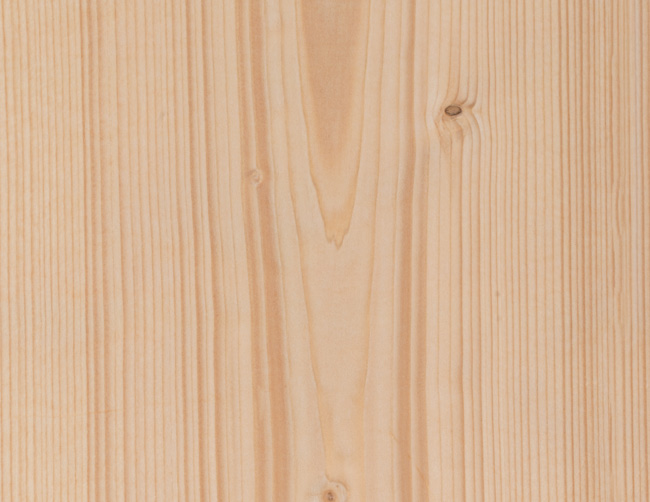
Norway spruce is a white, creamy timber with a hint of crimson or yellow. It has a delicate, uniform texture with a straight, constant grain.
This lumber is marginally resistant to deterioration and completely resistant to degradation. Norway spruce lumber is simple to deal with as long as there are no tangles in the grain.
Additionally, it reacts well to finishing and gluing, although it may not react well to painting, since it might appear blotchy and inconsistent.
When staining a piece of Norway spruce wood, a sealant, toner, or gel pigment might be useful. Paper, millwork, lumber for building, boxes, and Christmas trees can all be made from Norway spruce.
Redwood
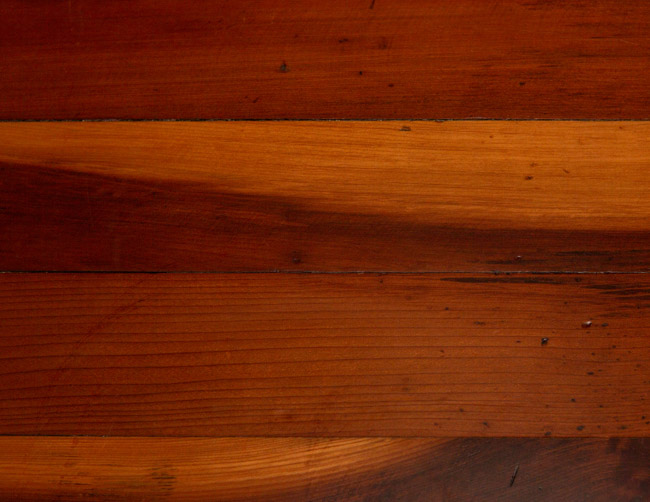
Redwood is one of mother nature’s most durable timber and is very resistant to warping and breaking. It is substantially lighter than many of its competitors and can be chopped, sawed, and drilled using standard woodworking equipment.
Furthermore, it contains inherent tannins, which contribute to its durability and suitability for outdoor usage. It is natively insect, rot, and fire-resistant. It is more ecological, reusable, recyclable, and environmentally friendly than man-made alternative solutions.
Hemlock
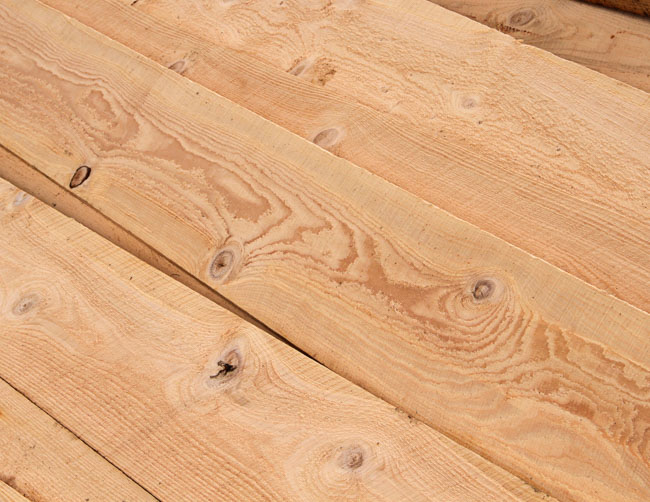
The heartwood of hemlock is a pale brownish-red tint. Its sapwood is often lighter in color, although it is challenging to distinguish hemlock sapwood from heartwood.
The lumber may have dark strands generated by bark maggots. After the Hemlock has been flat-sawn, you could see clear growth lines that generate distinctive grain patterns.
Hemlock’s grain is linear, with an irregular and rough texture and also no resin pores. It makes a gentle shift from early to latewood. Moreover, Hemlock wood is classified as non-durable since it does not withstand deterioration and is frequently attacked by pests.
Polishing, staining, and bonding work nicely with hemlock wood. It is normally used to make crates, pallets, construction frames, plywood, etc.
Heartwood and Sapwood
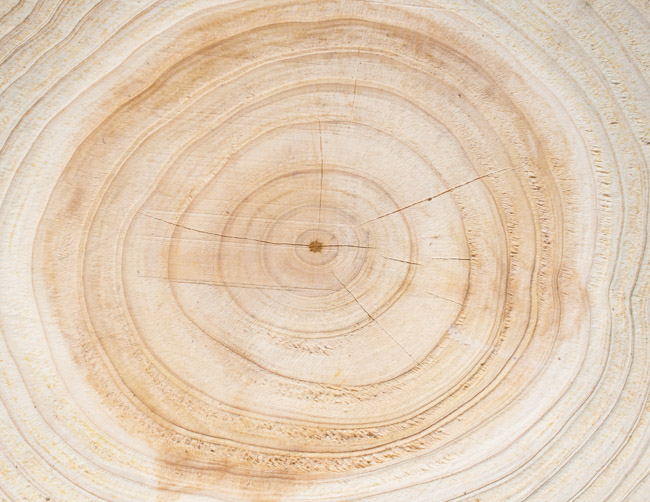
Heartwood is the tree’s primary, sustaining pillar. Even though it is lifeless, it will not deteriorate or lose power as long as the outer layers are preserved.
It is a combination of hollow, needle-shaped cellulose fibers linked by a chemical glue, and it is as hard as rock in many aspects.
Sapwood is the outermost layer of a living branch or limb. It is often lighter in color and highly watery. Sapwood is the active tissue of a tree through which sap and water pass.
It is generally lighter in color than the heartwood it encompasses. It also increases the susceptibility of the lumber to deterioration and fungi.
Wood Growth Rings
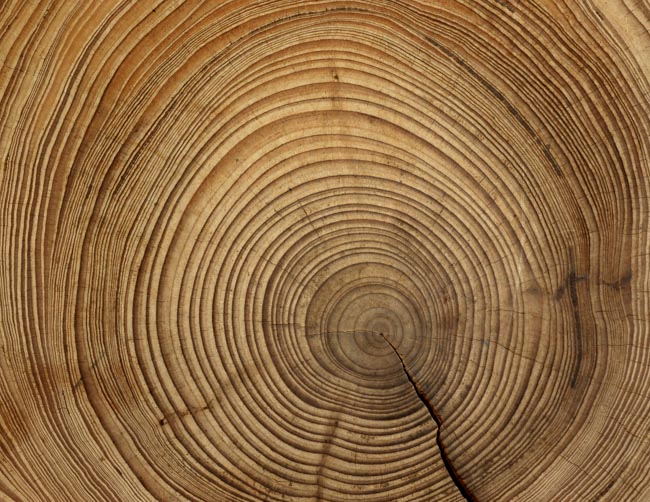
A growth ring is a development ring present in trees. Measuring the growth rings reveals the age of the tree, or when it ceased developing.
Growth rings in furniture, paneling, and other wooden objects, for instance, could be counted.
Flat Sawn: This is the most popular and commonly utilized sawing technique. The initial cut on a tangent to the perimeter of the log produces flat-sawn wood. Each subsequent chop is then made perpendicular to the previous one.
This process yields the broadest boards conceivable with a minimal quantity of log waste. Hence, it is more cost-effective than other sawing processes used in the industry.
The grain on the surface of flat-sawn timber has a characteristic cathedral look.
Live Sawn: The term “live sawn” refers to a European method of sawing lumber. The logs are chopped straight through without being moved.
Quarter Sawn: Quarter-sawn timber is made by quartering the timber and then cutting it parallel to the annual growth rings.
This sawing technique results in a pleasant straight grain look on the front of the panel. This sawing method exposes the medullary lines on the surface of the wood as a ‘flake’.
Rift Sawn: Rift sawing is a method that is somewhat identical to quarter sawing, with comparable restrictions and benefits.
But to limit the number of ‘flakes’ on the surface of the lumber, the quartered log part is tilted marginally off parallel before cutting to avoid exposing the medullary ray throughout rift sawing. The rift sawing process also generates a significant quantity of log waste.
Burls in Wood
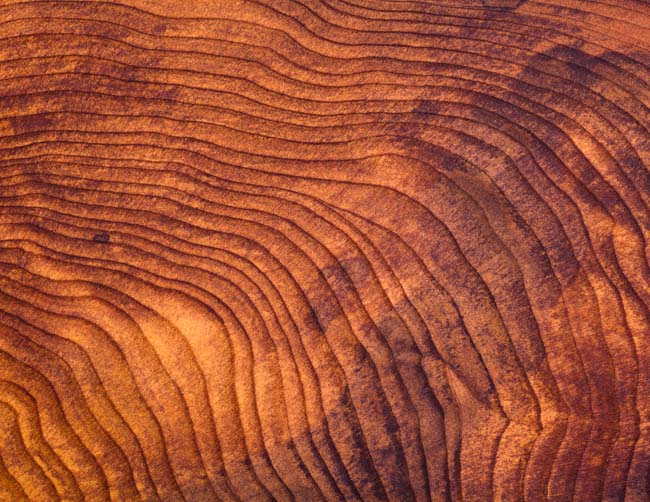
Burl is a grain pattern that occurs in the majority of different timber types. Burlwood is obtained by harvesting an entire tree or a section of a tree with a burl.
A burl is a tree growth generated from non-sprouted bud tissue. The burl creates enormous, knobby-looking developments on the tree’s trunk and base.
How to Identify Wood Species
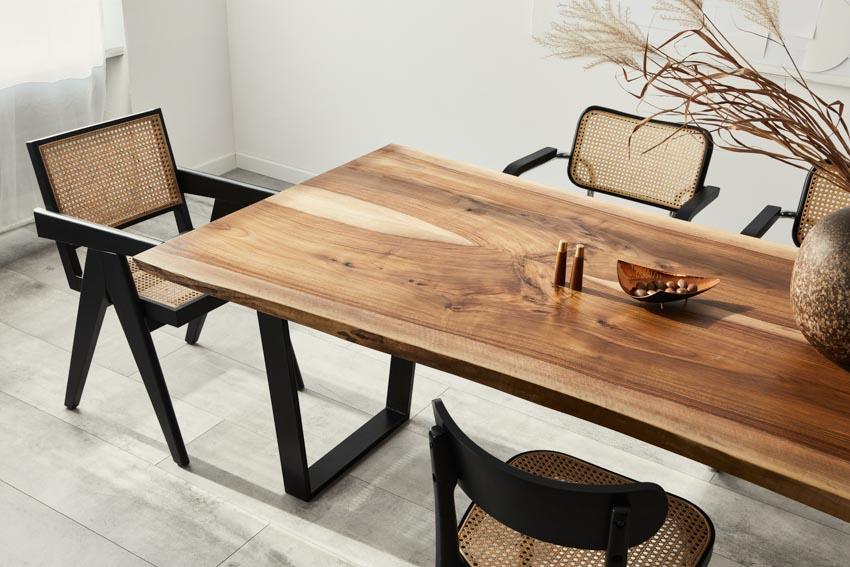
It can be easy to identify different species of lumber. To detect the type of hardwood, you can examine the texture, color, and noticeable growth rings.
To begin, ensure that the lumber is genuine and not veneered over plywood, fiberboard, or medium-density fiberboard.
What Is The Hardest Wood Type?
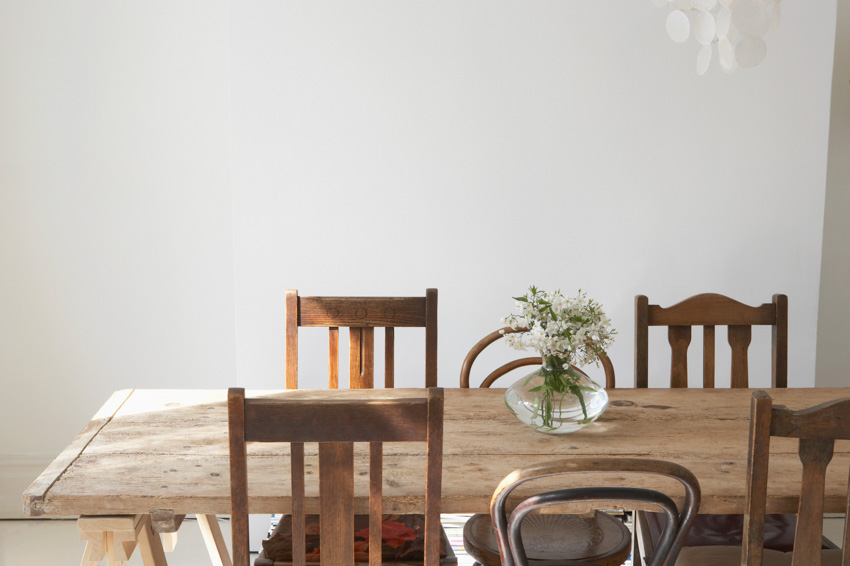
Hickory is considered the hardest type of hardwood, while redwood is believed to be the strongest softwood.
What Wood Is Best For Furniture?
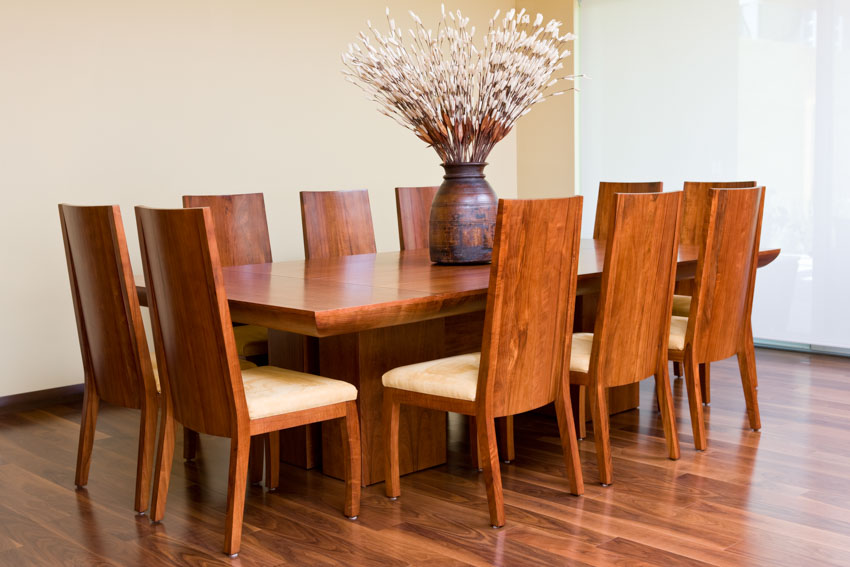
Maple and walnut are some of the favorite options for furniture as they are some of the most long-lasting and durable hardwood types available.
However, various types of wood could be used to make furniture for both the interior and exterior of your home. Indeed, personal preference governs the selection of timber for furniture components.
Each variety of wooden material has its unique color, density, texture, and grain qualities. The type of timber used may also determine the cost of a piece of furniture.
How to Tell if a Wood Is Hard or Soft
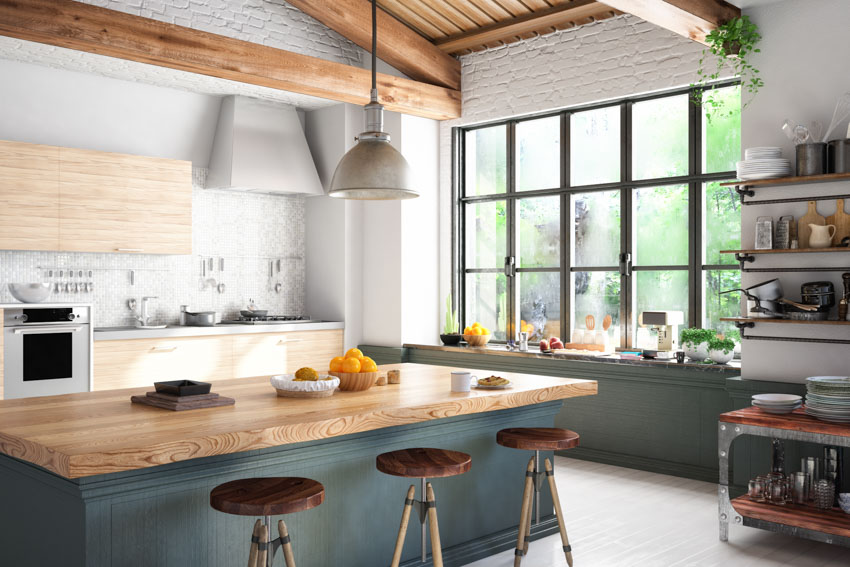
Here is a basic step on how you can tell if the timber is hard or soft. Try to press your fingernail into the board in an unnoticeable location.
If your nail leaves a mark, then you are working with recovered softwood. If there is no visible mark, it is no doubt a hardwood.
What Wood Has the Best Grain?
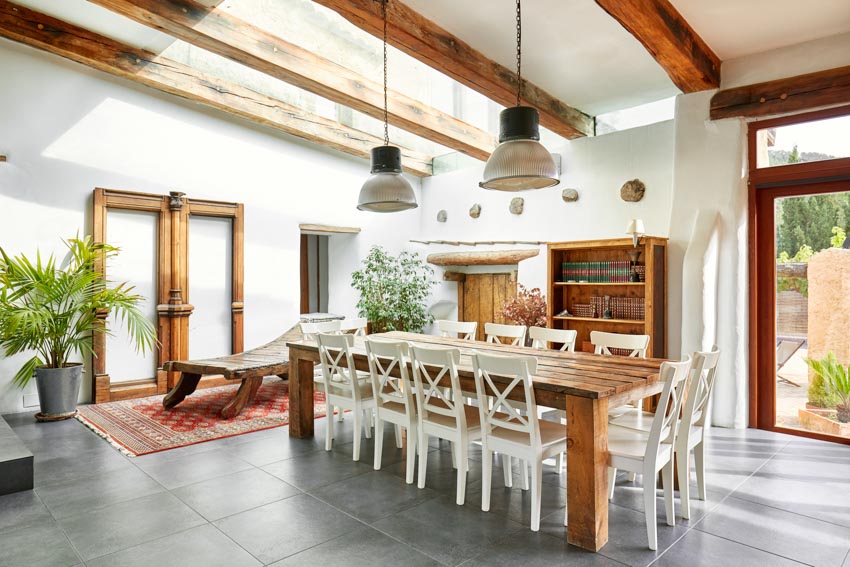
The majority of hardwood types can offer satisfying grain patterns as it will depend on your preferences. However, if you are going to ask many homeowners, they might say that red oak and white oak have the finest grains.
We all know that wood develops a ring pattern during normal growth. Dozens of different grains are revealed in wood when the tree is cut for use. – Scenic Art for the Theatre: History, Tools, and Techniques, Susan Crabtree, Peter Beudert
Red oak has highly regular and exquisite grain patterns, but white oak has a more subtle variety that is ideal for a pristine finish.
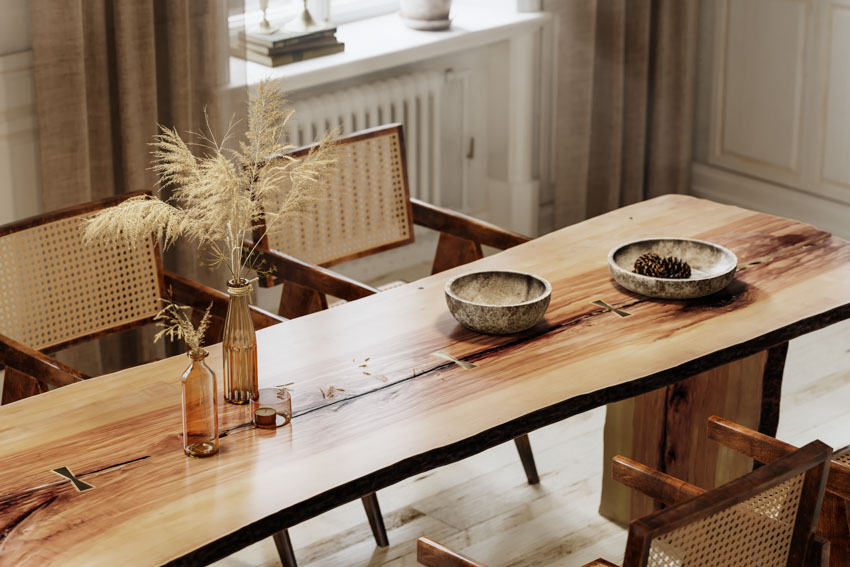
Overall, the final decision is totally up to you because no one can claim with complete certainty that a single hardwood type has the most attractive grain.
What type of species and grain do you like for your wooden furniture? Share you favorite types in the comments. See more related content in our article about wood floor patterns on this page.

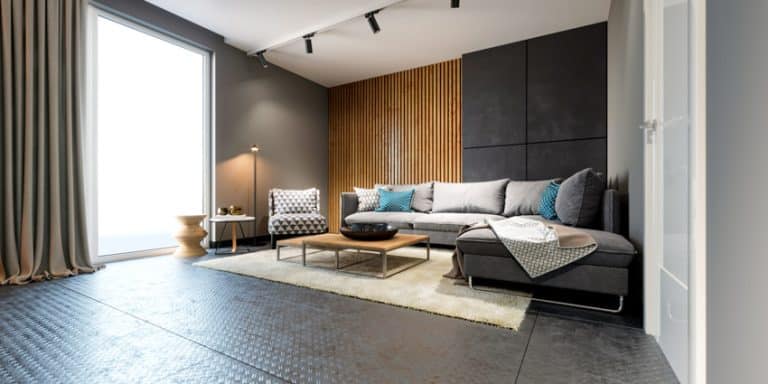
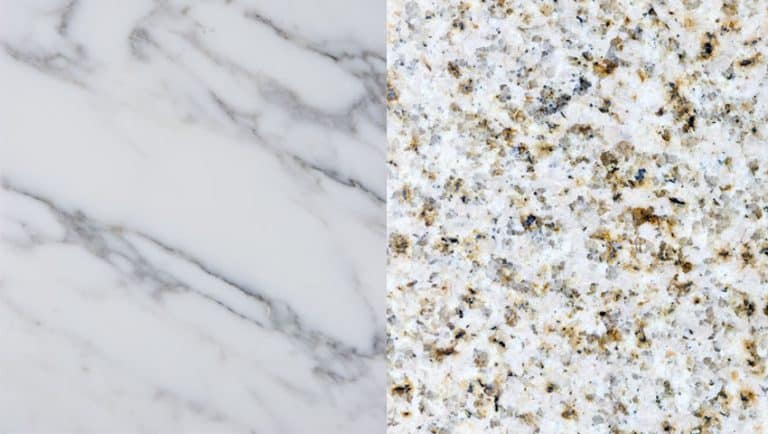
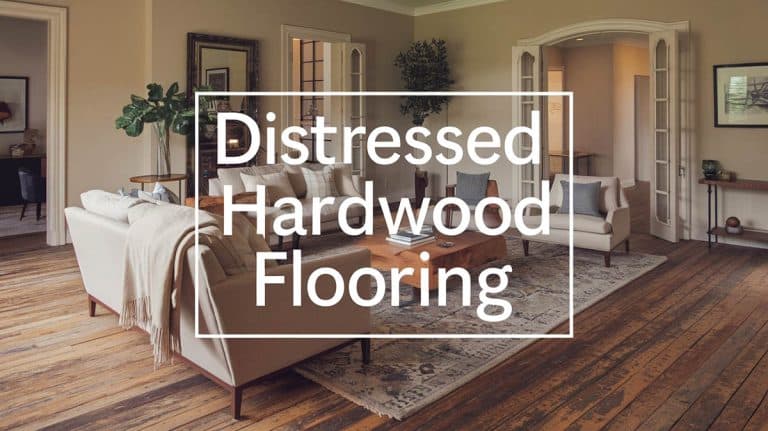
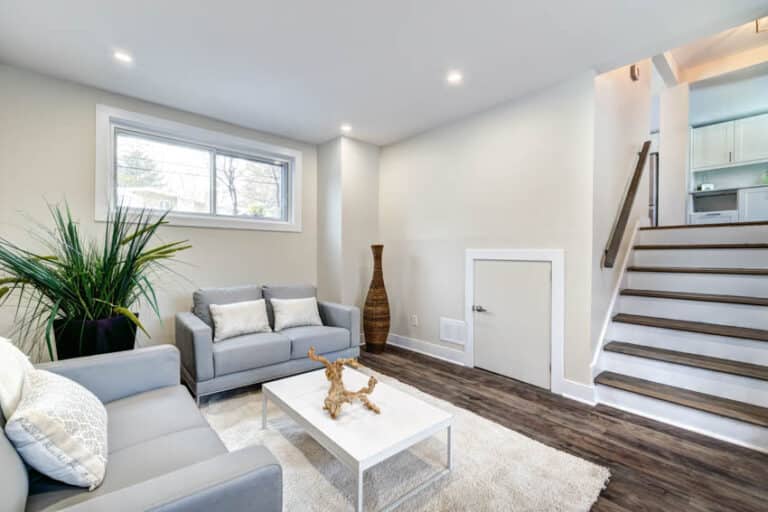
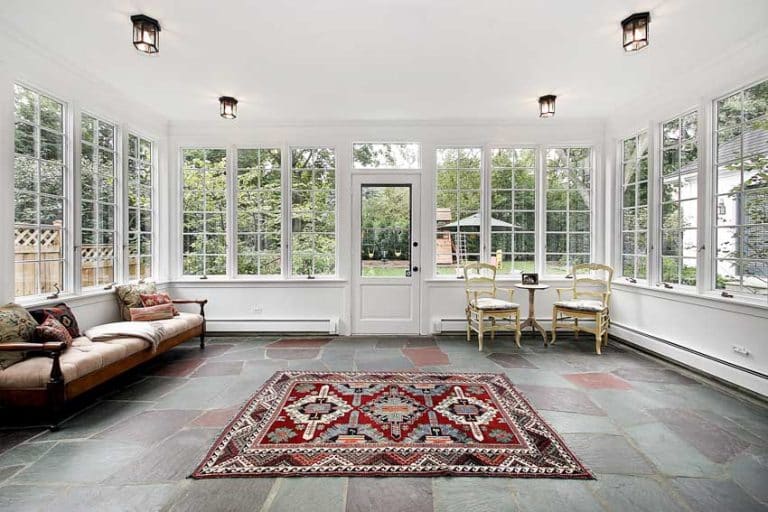
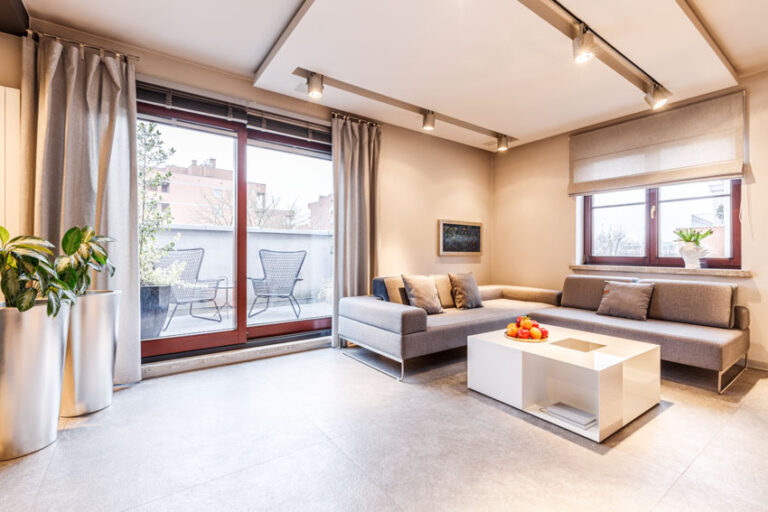
Ms. Khaye,
Dang… you go on with your double doctor self (sorry… was talking to military buddy of mine that lives in the South… he’s a bad linguistic influence…really funny though),
I just wanted to tell you that I’ve read more than a few articles on woodworking (as I’m a not very talented amateur for 20 or so years of doing various hobby wood working from low level construction to Frankenstein-ish designs that I’ve shamelessly handed out at Christmas) and related articles like this. When my little dude (he’s 10 and has to know what Dad is up to) actually reads you’re entire article and I do as well and I learned two things that I thought I knew that was wrong…. very fine article for 10 year olds through 40 (mumble ish mumble) year olds.
Cheers, Dr. Buck 😉
Thank you Dr. Buck for the warm words! Glad you enjoyed it.
I am trying to determine what type of wood my grandfather used when he built this jewelry box in the 1950’s or 1960’s. I am trying to refinish it for my son, but the wood grain is so strange, I’m not sure what I’m dealing with. I have used 2 Minute Stripper, my orbital sander, and mineral spirits, all to no avail. The wood appears reddish brown with shimmery bronze grain. I would like to submit a photo if possible.